Let’s Go Fly a Kite
by Beverly Daniels
In Bermuda, where I am the executive director of the Army’s Bermuda Community Services, it’s an Easter tradition to fly kites on Good Friday—a symbol of the cross and Christ’s Resurrection. At the Harbour Light addiction rehabilitation centre, we have been making and selling kites for the past 18 years, with the funds raised helping clients on their journeys to recovery. Last year, we decided to support Partners in Mission (PIM).
For six weeks before Easter, the chapel is transformed into a busy workshop, as residents design and build colourful works of art. The joy of creating something beautiful is clear—many residents say it’s one of their favourite and most memorable activities.
Production costs are kept to a minimum because supplies such as paper, glue and string are donated, for the most part by former clients who are looking for an opportunity to give back. The kite sticks are also donated, through a partnership with local prisons, where the wood is cut.
Teamwork is evident as those with more experience help others who are new to kite making, but the personality of each individual is reflected in their choice of colours and design. Custom kites are available, and there’s always the satisfaction of making a special kite for a child or family member.
Just before the sale, we hold a friendly competition in several categories—for example, “most beautiful,” “most creative,” “smallest or largest”—and clients always receive their certificates with great pride. The outcome of the competition has been known to reach the hallowed halls of court!
Although it’s a time-consuming project, requiring great attention to detail, it provides a sense of pride and accomplishment. The community has come to expect these beautiful kites from us, and every year we have to turn away disappointed customers when we run out of kites. In March 2018, we made and sold 100 kites, raising $640 for PIM.
In the Loop
by Captain Robert Burrell
 From left, Attilah Williams and Atul Upadhyay from Cawthra Road Shelter accept the Chaplain’s Challenge award from Cpt Robert Burrell
From left, Attilah Williams and Atul Upadhyay from Cawthra Road Shelter accept the Chaplain’s Challenge award from Cpt Robert Burrell
I invited my wife, Captain Laura, also a chaplain with PSHS, to join me, and then we challenged each of our four shelters to see who could raise the most money. The Chaplain’s Challenge was born.
May 17 finally arrived, bright and sunny, with a forecast of August-like temperatures—so much for walking early in the year to beat the heat. We set out from Peel Family Shelter shortly before 7 a.m., heading west on Dundas, and made it to our first stop, Cawthra Road Shelter, about 40 minutes later. Attilah Williams, a front-line worker at the shelter, joined us for the next few kilometres, and we greatly enjoyed her company.
We arrived at Wilkinson Road Shelter in Brampton around 11:30 a.m., where the staff welcomed us so boisterously that the security guard came running out to see what the matter was! After a quick lunch, we headed east toward the Brampton Queen Street Youth Shelter. Weariness began to set in as we entered the hottest part of the day.
Our stay at the youth shelter was brief as we still had just over 20 kilometres left to make it back to Peel Family Shelter. At the 31-kilometre mark, my wife hit her wall and called for a drive home. I trudged on alone, with some of my own doubts creeping in. The last 10 kilometres were challenging, indeed. I will never forget the feeling of excitement and accomplishment as Peel Family Shelter came into view, after spending 13 hours and 40 minutes on the road.
Despite much effort on the part of shelter staff, we fell short of our goal—but we surpassed it at our annual staff picnic, when we added a dunk tank to the festivities. Our executive director, Laura and I, and other staff all agreed to get soaked for the cause.
The picnic also gave us the perfect opportunity to present the Chaplain’s Challenge award to Cawthra Road Shelter for raising the most funds.
We are considering making this walk an annual event. Since last year, the Peel Region has expanded to six ministry units. A loop joining all six locations would increase the distance by 3.8 kilometres—sounds like a challenge to me!
When a Door Closes
by Lt-Colonel Brenda Murray
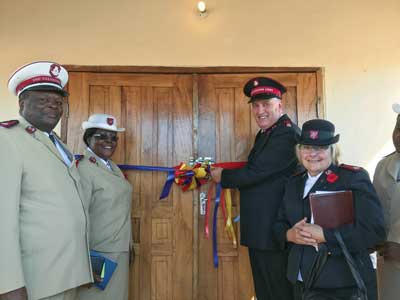 From left, Cols Moses and Sarah Wandulu, TC and TPWM, Malawi Tty, and Mjrs Ron and Toni Cartmell, then DC and DDWM, Alta. & N.T. Div, cut the ribbon for the new corps in Monkey Bay, Malawi
From left, Cols Moses and Sarah Wandulu, TC and TPWM, Malawi Tty, and Mjrs Ron and Toni Cartmell, then DC and DDWM, Alta. & N.T. Div, cut the ribbon for the new corps in Monkey Bay, Malawi
“Our soldiers were excited to hear the news,” Lieutenant Granger Phiri, corps officer at Monkey Bay Corps, told me. “We had been meeting and praying for our own building for more than seven years.”
When we travelled to Malawi to prepare for the 2019 PIM campaign, we made sure to visit Monkey Bay. I was also at the grand opening of the new building last July, and it was a wonderful time of joy and celebration, as the band and soldiers marched toward their new corps home. People were quick to tell us how happy they were and what it would mean for them to have their own place of worship in the community.
“Now that we have our own hall, evangelism is easier, because we have the space to plan events and programs,” says Lieutenant Phiri. “The hall gives us the house-honour we lacked before. People respect us, and we are able to attract them.”
Collingwood Community Church, Ont., also contributed to this endeavour, providing funds to furnish the hall with benches, a holiness table and a pulpit.
Soon after the official opening, the corps hosted a women’s rally. More than 100 people now meet regularly at the corps, including 11 new members.
“In many ways, Monkey Bay is in a strategic location,” says Lieutenant Phiri. “The new building has allowed us to attain divisional status. We have every reason to be grateful.”
Although a door closed in Canada, it allowed another to open in Malawi. A video of the new Monkey Bay Corps is available as part of the PIM resources (visit saworldmissions.ca).




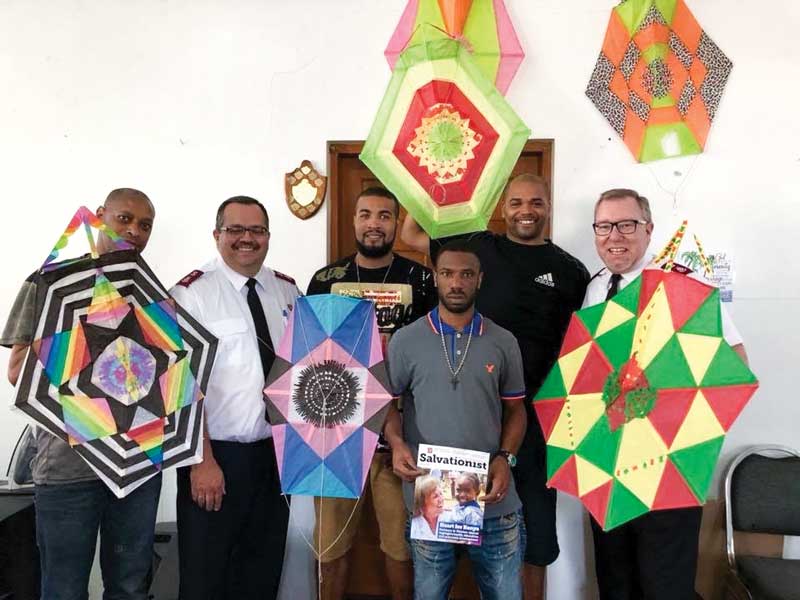
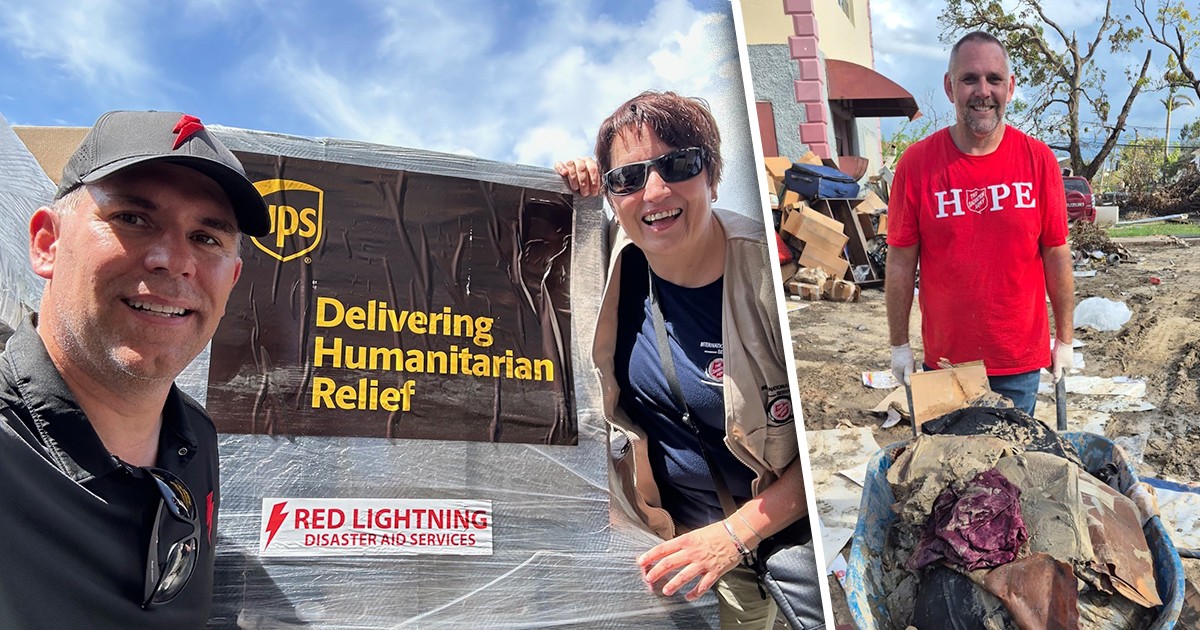
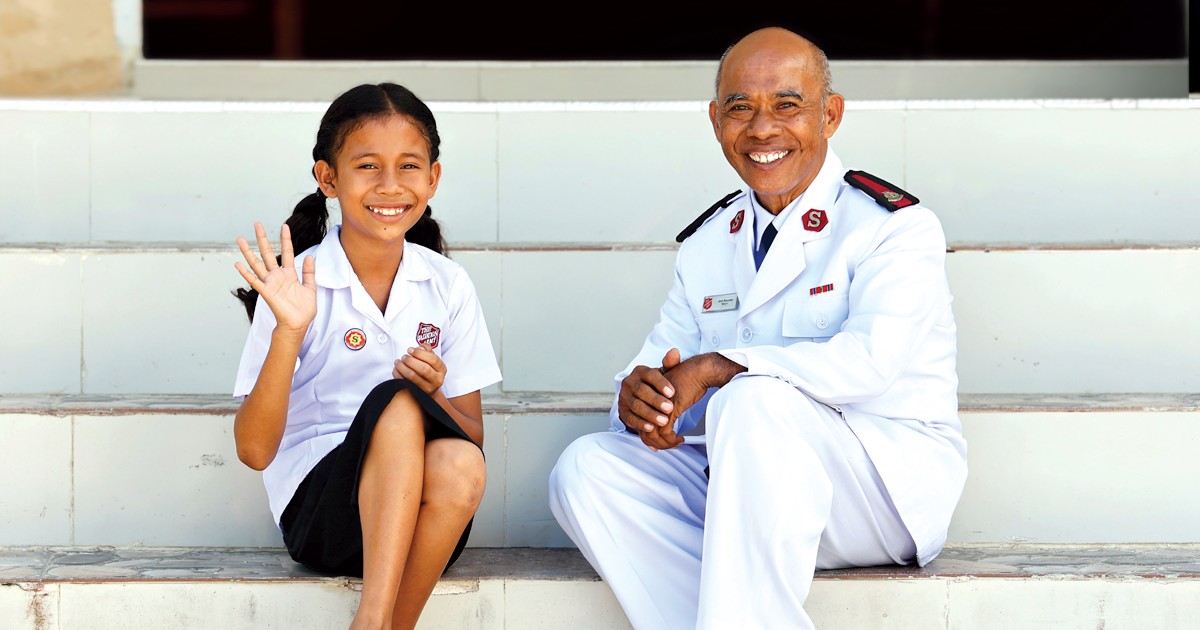
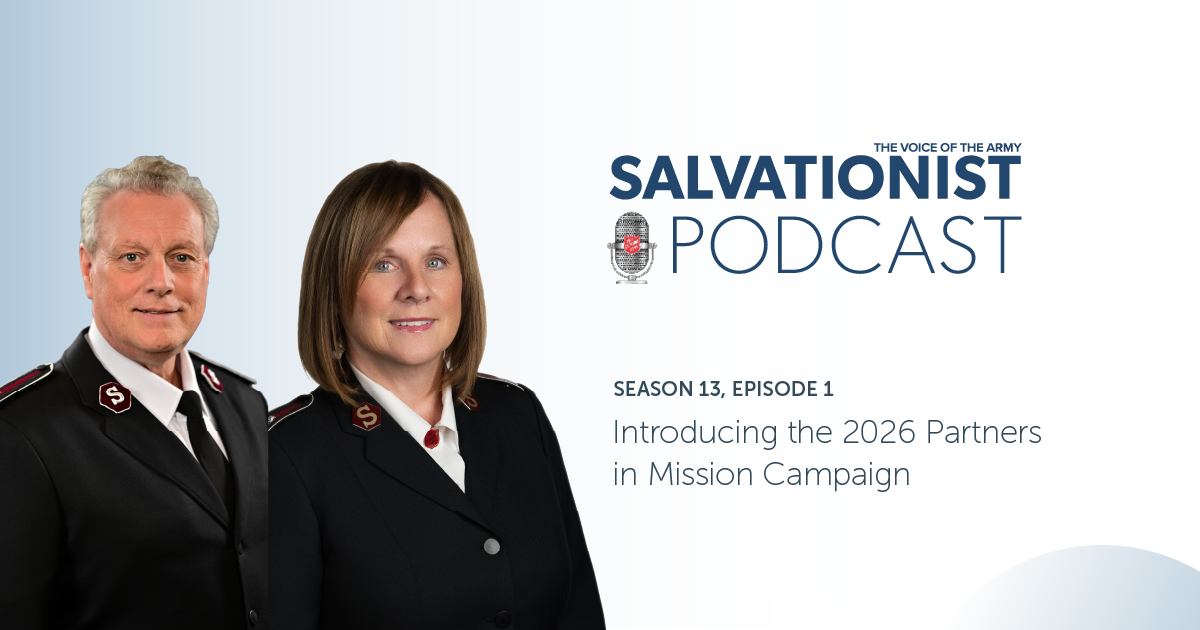


Leave a Comment